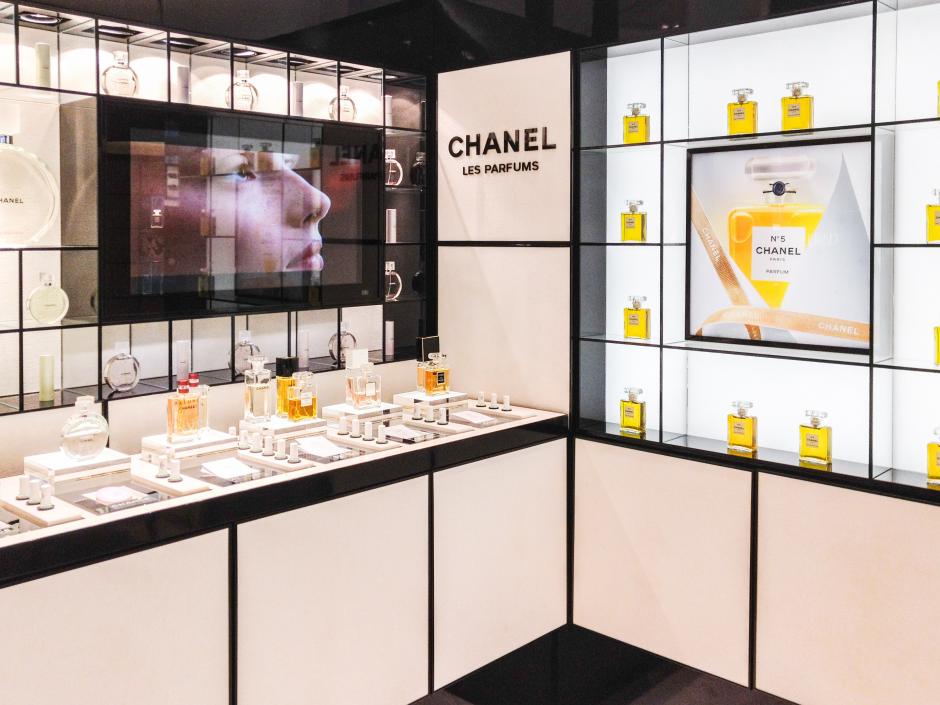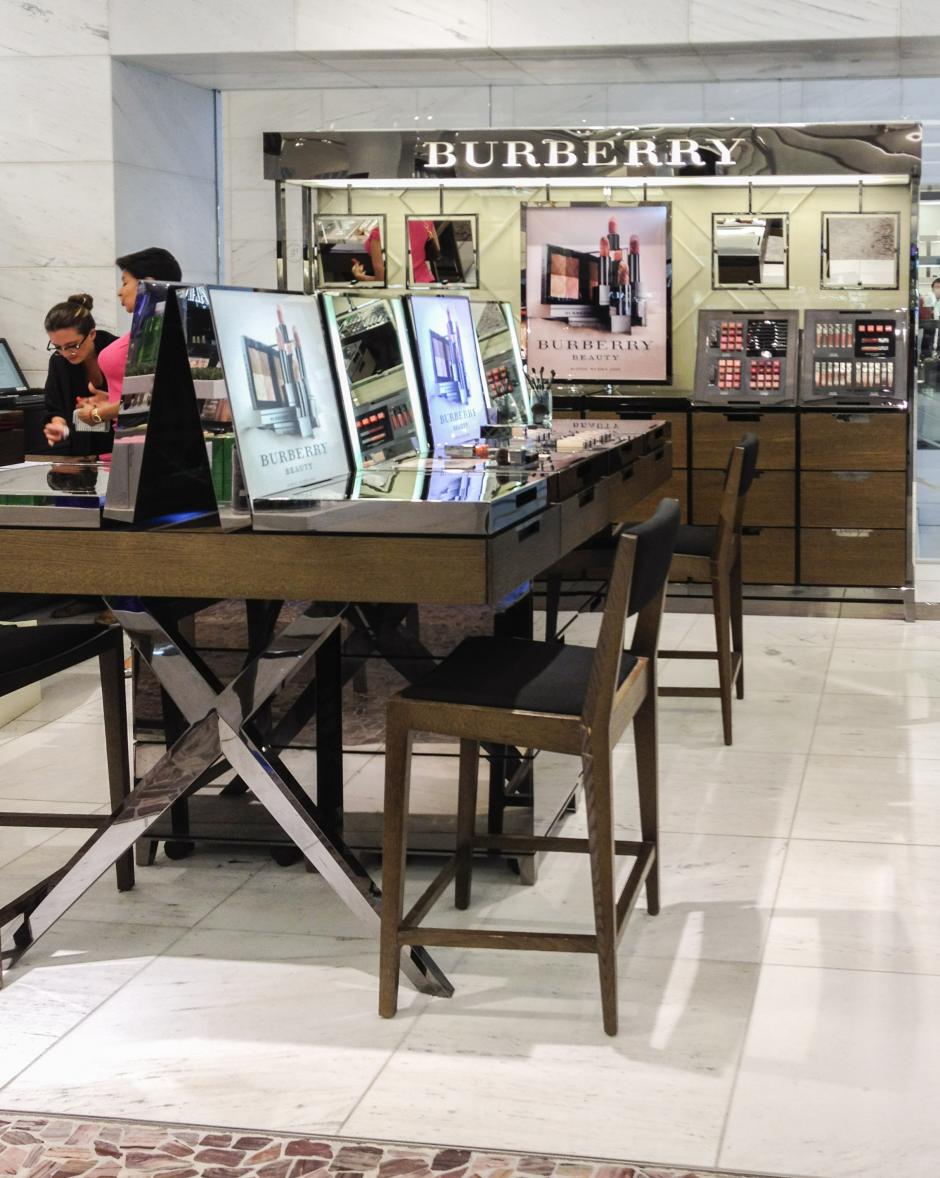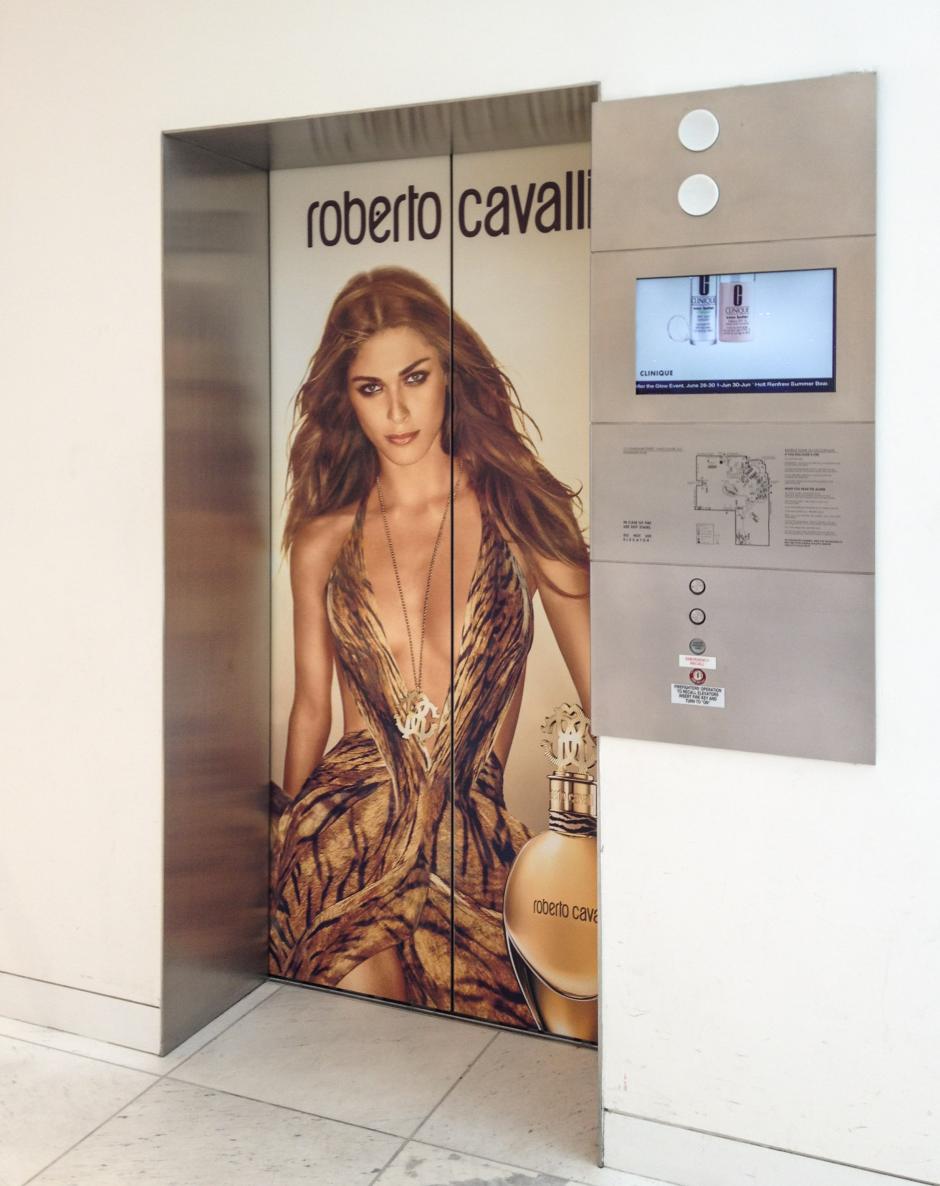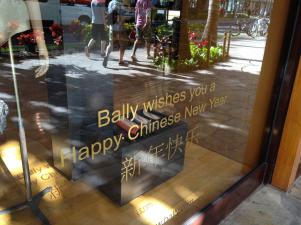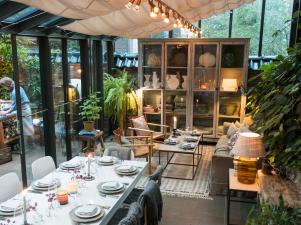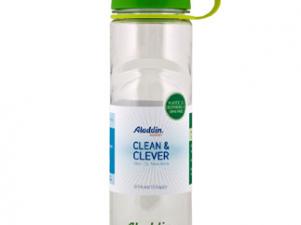Beauty is More Than Skin Deep
In case you haven't already heard the news... retail has a new hero as a result of the economy: the beauty category.
The effects of this surge in affordable luxuries have spurred growth in new products, line extensions, and licensing agreements across all price points. According to data from GCI, global retail sales of premium beauty products were up 5% in 2011, the best performance since 2007. Hair care and fragrance also posted strong numbers – 10% and 6% respectively.
The selected statistics below help to illustrate the success and the opportunity within the category:
- For the first six months in 2012, a study by NPD Group showed an 8% increase in prestige makeup sales in US department stores.
- LVMH’s perfumes and cosmetics business group reported organic revenue growth of 8% for the first nine months of 2012. The company's selective retailing business group, which includes Sephora, achieved organic revenue growth of 14% for the first nine months of 2012.
- The Estée Lauder Companies Inc. reported a strong financial performance for the fiscal year ending in June 2012 with net sales of $9.71 billion, a 10% increase compared with $8.81 billion reported in the prior year. The company’s strongest divisions in terms of growth year-over-year include: hair care (+100%), skin care (+14%), makeup (+10%), and fragrance (+3%).
- The male grooming category has demonstrated a consistent performance throughout the recent years of economic instability, having increased its global revenues by an average of 6% per annum since 2006, to reach close to $33 billion in 2011.
Given the growth and potential, it's a mystery why retail design and merchandising have not evolved much within the segment. Traditional department store beauty counters are similar to shrine-like communal tables in restaurants with a linear and exposed fashion – meant to tap into the emotional and rational motives and allow customers to see and clearly be seen.
That's why we were delighted to discover the "beauty capsules" within Holt Renfrew this summer.
The narrow entry to each branded boutique encloses the customer within a private space that extends beyond the need for self-esteem and status. Each concept, complete with a dedicated flat screen TV, reflects that particular company's own specific style and color palette. For example, the Chanel section within the store, feels more like a room than a beauty counter.
Unlike many department stores with traditional footprints and promotions, the Burberry space promotes a feeling of luxury branding and experiences with a U-shaped configuration. The dual entry to this "capsule" is partitioned off to evoke privacy from other customers, departments, and brands. The counterless concepts allow salespeople to get out from behind fixtures.
The "beauty capsules" also provide unification without seeming cluttered. Each brand has a unique theme and materials, but the closed nature of each section and the white backdrop of the store interior allow varied fixtures to coexist without seeming messy.
Beyond the cosmetics department, promotional fixtures and beauty campaign banners at Holt Renfrew are practically nonexistent, with the exception of well-placed elevator wraps and in-wall displays that tempt customers with media instead of messaging.
Holt Renfrew is not alone in rethinking it's design, merchandising, and services related to beauty.
- Selfridges launched its largest-ever 5,000 square foot beauty project, The Beauty Workshop, in September. The concept showcases 50 new brands and has treatment rooms for personalized services. Employees are trained to work across a variety of brands and are employed by Selfridges rather than by brands. “If every woman emptied her makeup bag on the table, there would be a variety of products — there is no brand loyalty,” said Jayne Demuro, Selfridges’ Head of Beauty. “This is about giving the customer what we think they want, and it’s about offering our customers choices.”
- Harvey Nichols is looking for more locations for a new specialist boutique, Beauty Bazaar, and is planning on introducing beauty product vending machines in its department stores in 2013.
As brands vie for premium placement, it seems logical that they also consider cohesive design that emulates their luxury company-owned freestanding locations. Design and merchandising are key elements to the puzzle.

